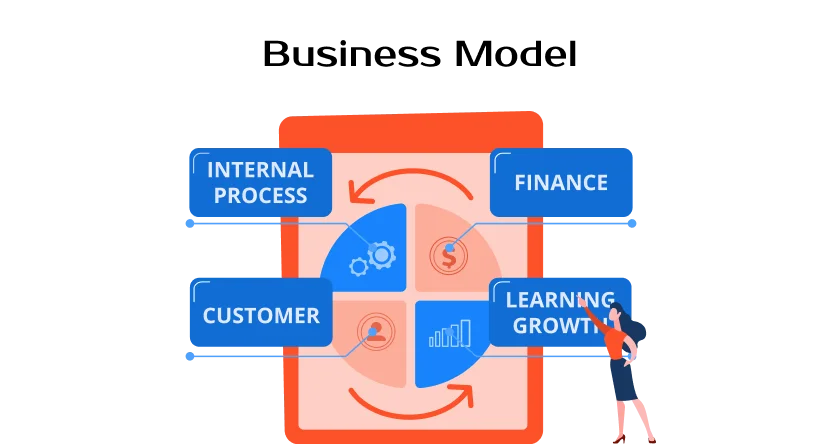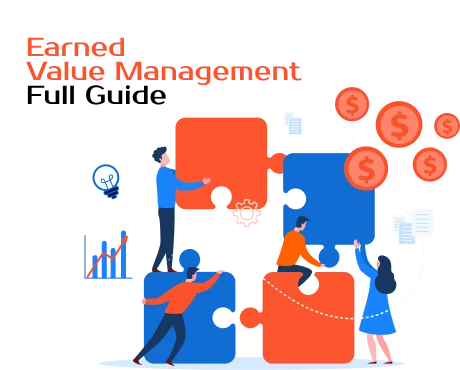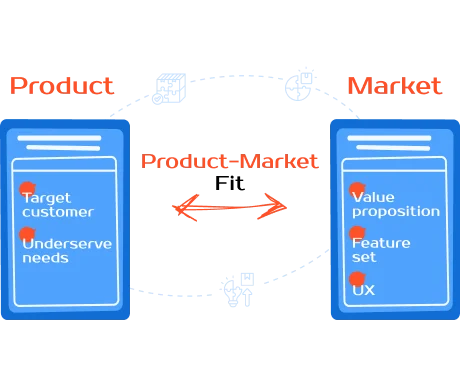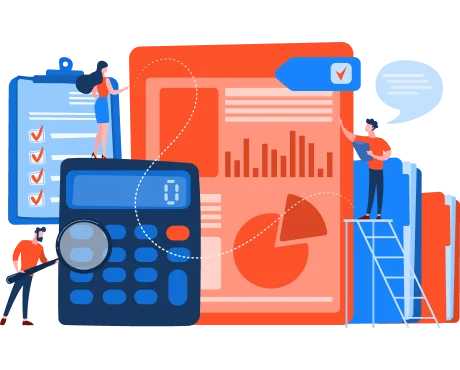Business Model: Definition, Types, Examples
Published:
September 21, 2025

A business model is a structured framework that describes how a company creates, delivers and captures value. It defines the way a business operates to generate profit and sustain growth. In simple terms, a business model explains what the company offers, who its target customers are, how it delivers products or services, and how it earns revenue.
The importance lies in its ability to provide a clear strategy for achieving financial success. It serves as the foundation for business planning, helping entrepreneurs and managers understand market needs, allocate resources efficiently and identify potential risks. A well-defined business model also improves communication with investors, partners and stakeholders, allowing them to evaluate the company’s potential for long-term profitability and market competitiveness.
Key components of a business model
The essential elements typically include the following elements:
- Value Proposition – describes the unique value the business offers to its customers, explaining why they should choose its products or services.
- Customer Segments – identifies specific groups of people or organizations the business aims to serve.
- Channels – defines the ways through which the company delivers its value proposition to customers, such as physical stores, online platforms or direct sales.
- Customer Relationships – describes how the company interacts with its customers to build loyalty and maintain long-term engagement.
- Revenue Streams – explains how the business generates income from its products or services.
- Key Resources – lists the essential assets required to operate the business successfully, such as technology, staff or intellectual property.
- Key Activities – specifies the main tasks and processes needed to deliver the value proposition and operate effectively.
- Key Partnerships – highlights external companies or individuals that support the business through alliances, suppliers or strategic collaborations.
What are the types of business models?
Each of these business models has its strengths and is suitable for specific industries and goals. Many companies also combine several variants to expand their reach and increase profitability. Selecting the right one requires careful analysis of market conditions, customer needs and long-term business objectives.
Business-to-Consumer (B2C)
The B2C model involves selling products or services directly to individual customers. This is the most familiar model in everyday life. Retail stores, e-commerce platforms, restaurants and service providers such as salons follow this approach. The key focus is on delivering a strong customer experience, competitive pricing and convenient access to goods or services.
Business-to-Business (B2B)
In the B2B model, companies offer goods or services specifically to other businesses instead of serving individual consumers. This model often involves wholesale suppliers, manufacturers or service providers offering solutions like software, logistics or consulting. The B2B model generally includes larger transactions, longer sales cycles and strong emphasis on long-term relationships.
Consumer-to-Consumer (C2C)
The C2C model connects individuals who want to buy and sell products or services. This usually happens through a third-party platform that facilitates transactions, such as online marketplaces or auction websites. Examples include platforms where users sell second-hand goods or offer personal services. Trust and secure payment methods are crucial in this model.
Subscription Model
The subscription model allows customers to access a product or service for a recurring fee, typically monthly or annually. This model creates predictable, stable revenue streams and focuses on customer retention. Common examples include streaming services, digital newspapers, fitness centers and SaaS platforms.
Freemium Model
In the freemium model, companies offer basic services for free while charging for premium features or advanced functionalities. This approach attracts a large user base and encourages customers to upgrade as their needs grow. Many software applications, cloud storage services and digital tools use this strategy.
Advertising Model
The advertising model is based on providing free access to content or services while earning revenue through advertisements. Platforms with large audiences, such as media websites, social networks and search engines, often apply this model. The main goal is to attract as many users as possible to maximize ad revenues.
Affiliate Model
In this model, businesses promote other companies’ products or services and earn a commission for each sale or lead generated through their referral. Affiliate marketing is commonly used by bloggers, influencers and comparison websites. It requires strong marketing skills and an effective digital presence.
Marketplace Model
The marketplace model connects buyers and sellers on a single platform, generating income through transaction fees or commissions. These platforms do not own the goods or services offered but act as intermediaries. Examples include online marketplaces, ride-sharing apps and freelance job platforms.
Need help improving your business? Let’s talk
Popular examples of business model
Here are popular examples of business models used by well-known companies across different industries:
How to build a business model?
Building a business model involves defining how your company will create value, serve customers and generate revenue. Here are the essential steps to build a solid model:
1. Identify your target audience
Understand who your potential customers are, what problems they face and what solutions they need. Segment them based on demographics, behavior or specific needs.
2. Define your value proposition
Explain what sets your product or service apart and why it is the preferred choice for customers compared to competitors. Focus on the main benefits and how they solve the customer’s problems.
3. Outline your revenue streams
Determine how your business will make money. This could include product sales, subscriptions, commissions, advertising or licensing.
4. Choose your distribution channels
Select the most effective ways to deliver your product or service to customers. Options may include online platforms, physical stores, direct sales or third-party intermediaries.
5. Plan customer relationships
Decide how you will attract, retain and interact with customers. Consider customer support, loyalty programs or personalized communication.
6. Identify key resources
List the core assets required to operate your business, such as staff, technology, equipment or intellectual property.
7. Define key activities
Specify the most important tasks your business must perform to deliver its value proposition, such as production, marketing, logistics or software development.
8. Establish key partnerships
Consider external companies, suppliers or collaborators who can help reduce risks, improve efficiency or expand your reach.
9. Calculate the cost structure
Estimate all operational costs, including fixed and variable expenses. This helps you understand your break-even point and profitability.
Once all elements are defined, you can map them using the Business Model Canvas or present them in a structured business plan. Regularly review and update your model based on customer feedback, market trends and performance data.





